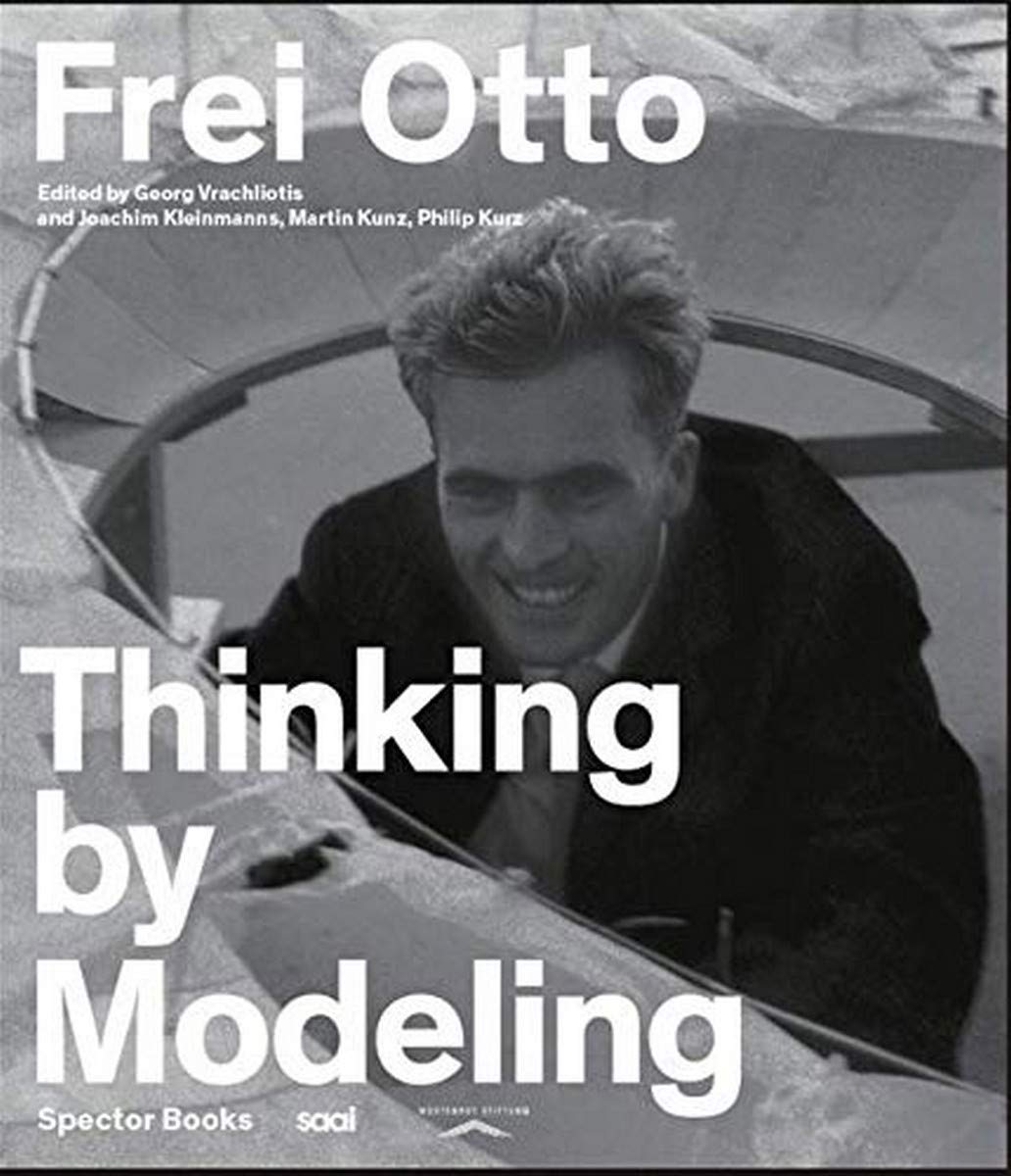beautifulladybug720
New member

[Free Shipping cho Đơn Hàng Của Bạn - Đừng Bỏ Lỡ!]: (https://shorten.asia/tdM5Kes3)
** Frei Otto: Suy nghĩ bằng cách làm người mẫu **
** Hashtags: ** #architecture #design #Engineering
Frei Otto là một kiến trúc sư và kỹ sư người Đức, người nổi tiếng với công việc tiên phong trong các cấu trúc nhẹ.Ông là người tiên phong trong việc sử dụng các cấu trúc kéo, và công việc của ông đã có ảnh hưởng lớn đến sự phát triển của kiến trúc và kỹ thuật.
Otto được sinh ra ở Siegmar-schönau, Đức, vào năm 1925. Ông học kiến trúc tại Đại học Technische, và sau khi tốt nghiệp năm 1950, ông làm kỹ sư cho công ty xây dựng Đức, Dyckerhoff & Widmann.Năm 1955, ông thành lập thực hành kiến trúc của riêng mình, Frei Otto & Đối tác.
Công việc ban đầu của Otto tập trung vào các cấu trúc hạng nhẹ và ông đã phát triển một số kỹ thuật sáng tạo để xây dựng.Ông đặc biệt quan tâm đến việc sử dụng các cấu trúc kéo, là các cấu trúc được giữ tại chỗ bởi lực căng hơn là nén.Năm 1957, ông đã thiết kế mái nhà cho gian hàng Đức tại Hội chợ Thế giới Brussels, một cấu trúc kéo dài làm bằng vải nhẹ trải dài trên khung thép.
Công trình của Otto về các cấu trúc nhẹ đã dẫn đến sự tham gia của ông vào một số dự án lớn, bao gồm cả mái nhà cho Sân vận động Olympic ở Munich (1972), mái nhà treo cho Stuttgart Messe (1977) và mái nhà cho sân vận động quốc gia ởBắc Kinh (2008).Ông cũng đã thiết kế một số cấu trúc tạm thời, bao gồm cả mái nhà cho Expo '67 ở Montreal và Lều cho Lễ hội Woodstock năm 1969.
Công việc của Otto đã có ảnh hưởng lớn đến sự phát triển của kiến trúc và kỹ thuật.Ông là người tiên phong trong việc sử dụng các cấu trúc nhẹ, và công việc của ông đã giúp tạo ra một sự hiểu biết mới về tiềm năng của các cấu trúc này.Ông cũng là một người ủng hộ mạnh mẽ cho kiến trúc bền vững, và công việc của ông đã giúp thúc đẩy việc sử dụng các vật liệu và kỹ thuật xây dựng thân thiện với môi trường.
Otto qua đời năm 2015 ở tuổi 90. Ông là một nhân vật chính trong kiến trúc và kỹ thuật thế kỷ 20, và công việc của ông tiếp tục truyền cảm hứng cho các kiến trúc sư và kỹ sư trên khắp thế giới.
=======================================
[Free Shipping cho Đơn Hàng Của Bạn - Đừng Bỏ Lỡ!]: (https://shorten.asia/tdM5Kes3)
=======================================
**Frei Otto: Thinking by Modeling**
**Hashtags:** #architecture #design #Engineering
Frei Otto was a German architect and engineer who is best known for his pioneering work in lightweight structures. He was a pioneer in the use of tensile structures, and his work has had a major influence on the development of architecture and engineering.
Otto was born in Siegmar-Schönau, Germany, in 1925. He studied architecture at the Technische Universität Berlin, and after graduating in 1950 he worked as an engineer for the German construction company, Dyckerhoff & Widmann. In 1955, he founded his own architectural practice, Frei Otto & Partner.
Otto's early work focused on lightweight structures, and he developed a number of innovative techniques for their construction. He was particularly interested in the use of tensile structures, which are structures that are held in place by tension rather than compression. In 1957, he designed the roof for the German Pavilion at the Brussels World's Fair, which was a tensile structure made of a lightweight fabric stretched over a steel frame.
Otto's work on lightweight structures led to his involvement in a number of major projects, including the roof for the Olympic Stadium in Munich (1972), the cable-stayed roof for the Stuttgart Messe (1977), and the roof for the National Stadium in Beijing (2008). He also designed a number of temporary structures, including the roof for the Expo '67 in Montreal and the tent for the Woodstock Festival in 1969.
Otto's work has had a major influence on the development of architecture and engineering. He was a pioneer in the use of lightweight structures, and his work has helped to create a new understanding of the potential of these structures. He was also a strong advocate for sustainable architecture, and his work has helped to promote the use of environmentally friendly materials and construction techniques.
Otto died in 2015 at the age of 90. He was a major figure in 20th century architecture and engineering, and his work continues to inspire architects and engineers around the world.
=======================================
[Ưu Đãi Đặc Biệt Cho Khách Hàng Đặt Mua Ngay Hôm Nay!]: (https://shorten.asia/tdM5Kes3)






